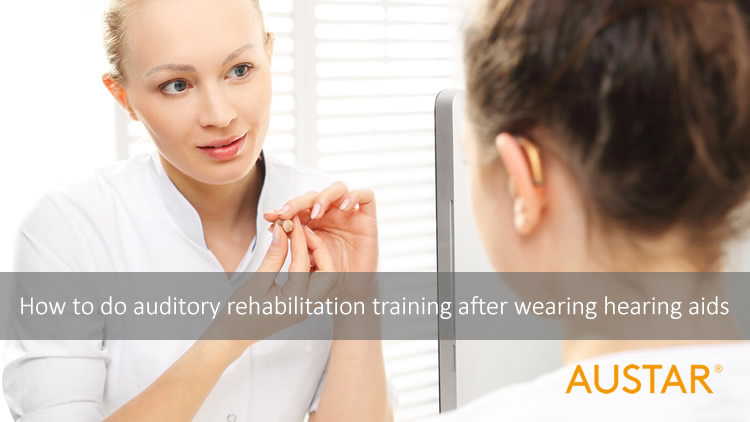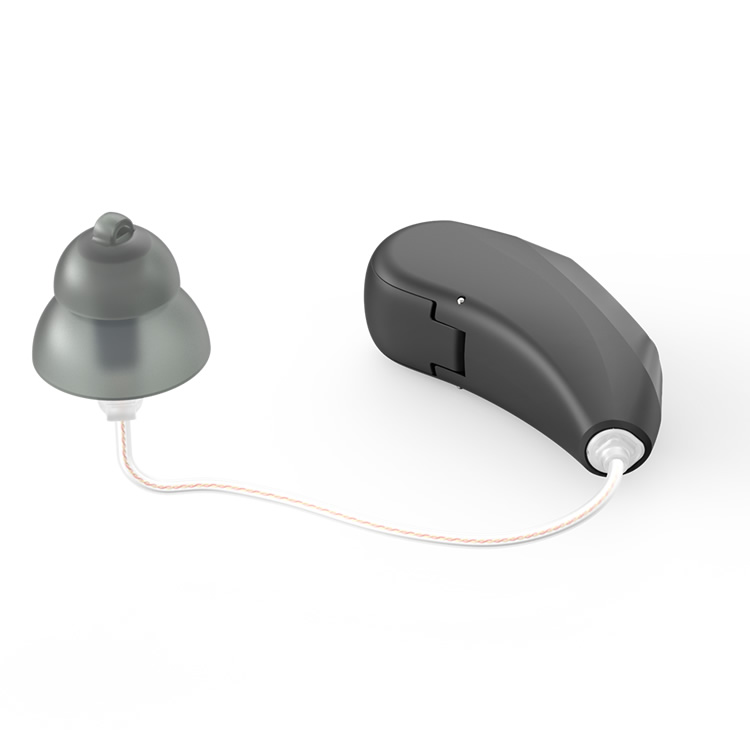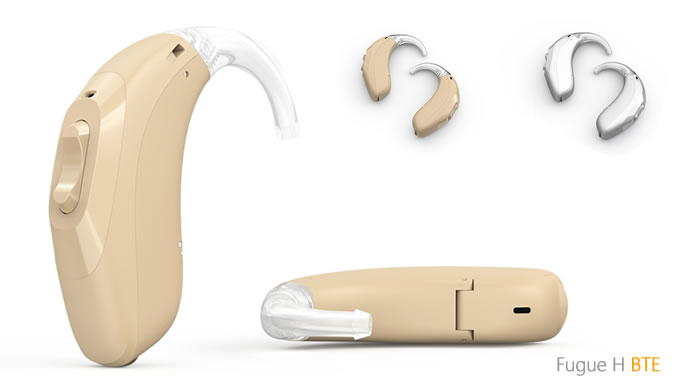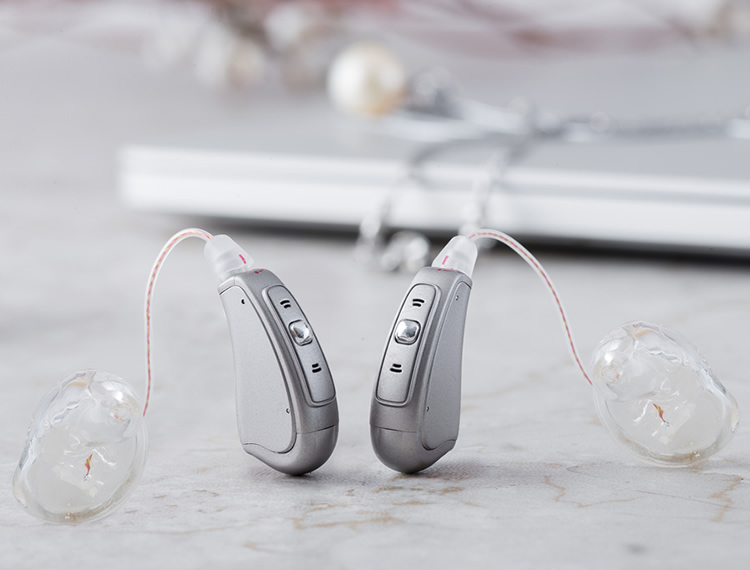- Home
- Hearing Loss
- Hearing Aid Use And Care
Don't forget auditory rehabilitation training after wearing hearing aids
2024-05-24Hearing impairment requires scientific selection of hearing aids, which has been recognized by most people. However, it is more necessary for hearing-impaired patients and their families to conduct scientific hearing rehabilitation training under the professional guidance of hearing aid fitters, so as to achieve better hearing rehabilitation effects.

First of all, scientific training should be carried out in accordance with the natural laws of human rehabilitation training, and it is not easy to rush for success, otherwise it may further damage the residual hearing or cause the user to experience symptoms of auditory pain and dizziness. Preliminary adaptive rehabilitation training should be carried out according to the four-week training method. Usually, the adaptation period for most hearing-impaired patients is 3 to 6 months.

Secondly, the rehabilitation training plan should be set realistically according to the individual differences of hearing-impaired patients. For example, the size of the first debugging data should be adjusted according to the actual feelings of the hearing-impaired patients, and how long it takes for the second debugging should also be planned according to the actual wearing time, adaptability to the environment, and actual needs for sound of the hearing-impaired patients.

In addition, the following hearing rehabilitation training methods should be followed to improve the hearing effect.
1. Classification training
The training method should be designed in the order from easy to difficult and from simple to complex. It mainly cultivates the ability of hearing-impaired patients to distinguish syllables and phonemes in syllables. In the whole process of auditory rehabilitation training, classification training only takes a short time, generally 10 to 15 minutes a day in the early stage. For hearing-impaired patients with severe hearing loss, they have lost a lot of ability to learn sound information. Therefore, in classification training, speech sounds are usually given only one syllable or word at a time. Therefore, hearing-impaired people can focus on practicing the characteristics of speech sounds.
2. Comprehensive training
Comprehensive training is to provide speech sounds to hearing-impaired patients in a normal voice way. For example, through conversation or storytelling. The purpose of training is to develop and improve the auditory, visual or auditory communication skills of hearing-impaired people. The training materials generally include meaningful sentences, paragraphs or words. It is also necessary to make the sounds they hear correspond to the sounds made by actual objects to understand and feel, and there is a process of re-understanding and learning sounds. In comprehensive training, we mainly focus on the overall picture of speech, such as semantics, syntax, contextual cues and other content training. In fact, in auditory rehabilitation training, most of the time is spent on comprehensive training. It should mainly simulate the actual communication situation according to the needs of hearing-impaired patients, with the focus on allowing hearing-impaired patients to understand the information, even if they cannot accurately perceive every sound. During the auditory rehabilitation training, hearing-impaired patients should give feedback information so that the speaker can understand what content is perceived by the hearing-impaired patients and what content is lost.
3. Practical training
Practical training is to teach hearing-impaired patients how to obtain the necessary information for communication by changing the communication environment during communication. The advantage of this training is that it can train hearing-impaired patients to use listening skills and conversation skills, which is very useful in actual communication.

Hearing-impaired patients, their families and hearing aid fitters all hope to see a good listening effect, which is a win-win situation. Therefore, both parties need to work together, trust and support each other, and select a more suitable hearing aid product for hearing-impaired patients through the scientific matching skills and matching methods of hearing aid fitters, and then according to the professional debugging and adaptive rehabilitation guidance plan of hearing aid fitters, and finally, with the trust and support of hearing-impaired patients and their families, active wearing and adaptive rehabilitation training can promote hearing-impaired patients to achieve a good result and situation.
AUSTAR is a professional hearing aid manufacturer with 20 years of experience, providing high-quality, affordable hearing aids for hearing-impaired users.
Latest
- 4 Essential Communication Rules for Family Members of Hearing Aid Users
- Hearing Aid "Break-In Period": Say Goodbye to Discomfort, Hello to Clear Sound
- The ultimate guide on how to choose hearing aids for seniors
- In addition to performance, how do parents choose children's hearing aids?
- Hearing Care Professional: How Do You Maintain Your Hearing Aids Regularly?
Hearing Aid Use And Care













All 0 comments